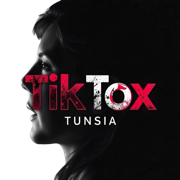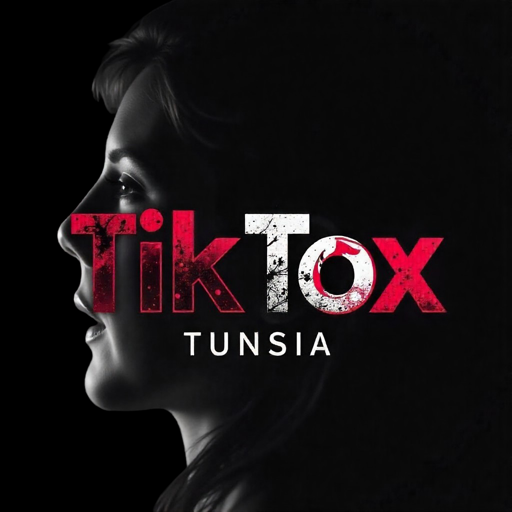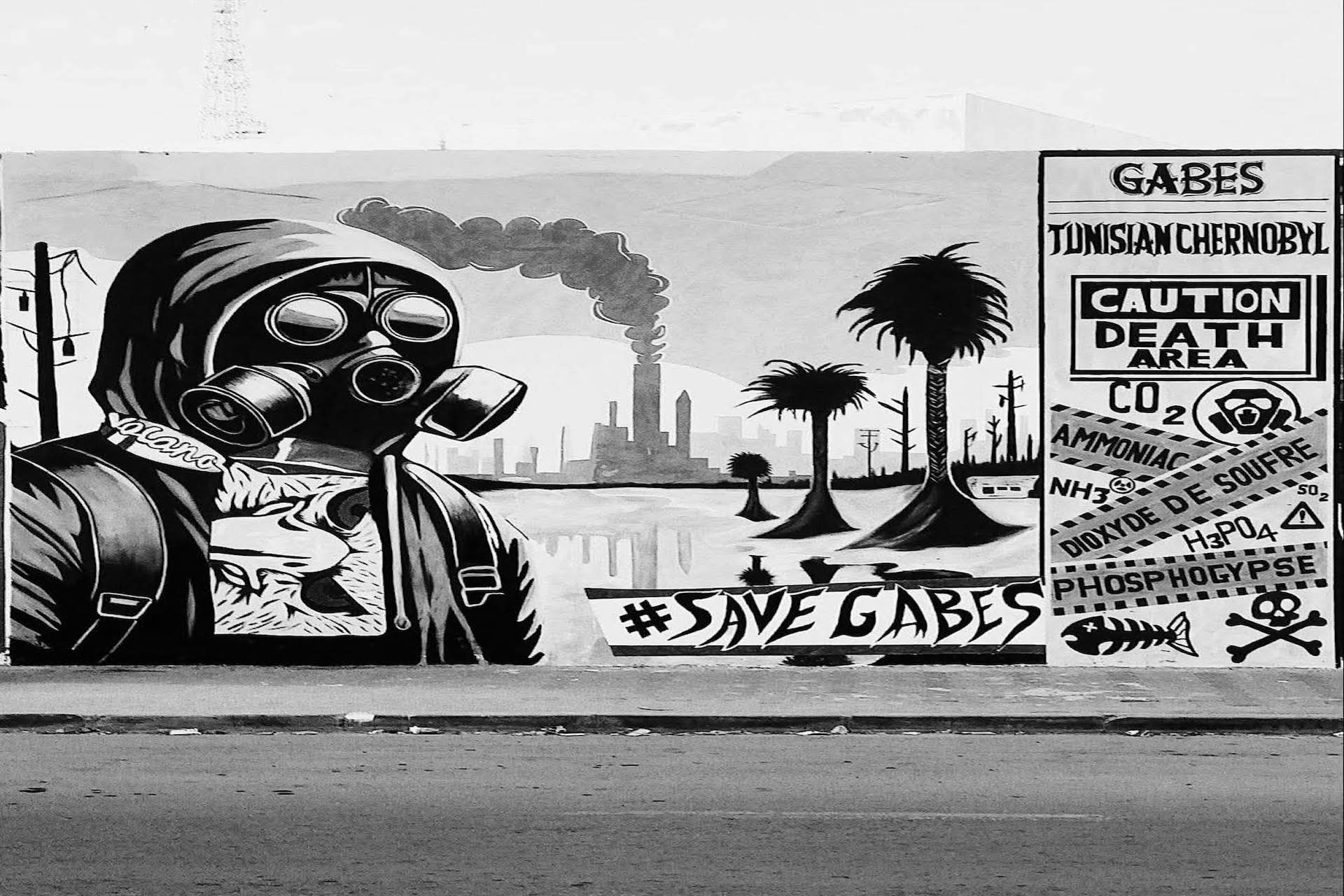Preventing Money Laundering on TikTok Tunisia: Strategies and Compliance
A complete professional guide on preventing money laundering on TikTok Tunisia, including risk assessment, compliance, and actionable strategies.
Introduction
TikTok has transformed the digital economy in Tunisia, creating opportunities for content creators, particularly through donations, sponsorships, and virtual gifts. However, the rapid flow of digital funds exposes both creators and the platform to money laundering risks.
Money laundering is the process of disguising illicitly obtained funds to make them appear legitimate. Digital platforms, including TikTok, can inadvertently facilitate this activity if adequate monitoring, reporting, and compliance measures are not implemented.
This article provides an in-depth, professional guide to understanding, preventing, and managing money laundering risks for TikTok Tunisia streamers, users, and regulatory authorities.
1. The Mechanics of Money Laundering on TikTok
Money laundering on TikTok often exploits the platform’s virtual economy:
- Virtual Gifts and Coins: TikTok users buy coins, which they send as gifts to streamers during live sessions. These coins are later converted into cash.
- Third-Party Cashout Services: Some streamers use intermediaries or unregulated platforms to withdraw funds, making tracking difficult.
- Cross-Border Donations: Funds sent from international donors can bypass local banking oversight.
- Layered Transactions: Repeated small donations from multiple accounts obscure the original source of funds.
These channels, while primarily legitimate, can be misused for illicit fund integration. Understanding the mechanics helps streamers recognize high-risk situations.
2. Identifying High-Risk Scenarios
Streamers and authorities should monitor for the following risk indicators:
- Sudden large donations from unverified international accounts
- Multiple micro-transactions structured to evade reporting thresholds
- Donations routed through third-party intermediaries
- High-value virtual gifts from anonymous or pseudonymous accounts
Professional vigilance prevents streamers from becoming unwitting participants in illegal financial activities.
3. Tunisian Legal Framework for Digital Finance
Tunisia’s AML laws are designed to prevent illicit fund circulation, though digital platforms are still partially unregulated:
- Law No. 2015-26: Establishes reporting obligations for suspicious financial transactions.
- Financial Intelligence Unit (FIU): Monitors unusual or high-risk financial activity.
- Penal Code Articles 80–82: Criminalizes laundering of proceeds from illegal activities.
- Consumer Protection Regulations: Require transparency and accountability in financial transactions.
While robust in banking, these regulations require adaptation to cover digital donations, streaming platforms, and cross-border payments.
4. International Compliance Standards
Tunisia aligns with global AML standards set by FATF, including:
- Customer Due Diligence (CDD): Verify identities of donors and streamers.
- Transaction Monitoring: Detect unusual patterns and prevent suspicious activity.
- Suspicious Transaction Reporting (STR): Report irregular financial activity promptly.
- Risk-Based Approach: Allocate resources based on exposure levels and vulnerability.
Implementing these standards on TikTok necessitates collaboration between streamers, platform administrators, and regulatory authorities.
5. Practical Compliance Strategies for Streamers
Streamers can adopt professional measures to reduce money laundering risks:
- Detailed Record-Keeping: Maintain logs of all donations, gifts, and sponsorships.
- Official Payout Channels Only: Avoid third-party cashouts or intermediaries that obscure funds.
- High-Value Donor Verification: Exercise due diligence for unusually large donations.
- Suspicious Activity Reporting: Notify TikTok and authorities of irregular transactions.
- Income Declaration: Comply with Tunisian tax obligations for digital earnings.
- Educating Audiences: Encourage followers to donate responsibly and safely.
6. Case Studies in Tunisia
Case Study 1: Impersonation Donation Fraud
A popular streamer in Tunisia lost thousands of euros when impersonation accounts solicited donations from followers.
Case Study 2: Cross-Border Money Laundering
Funds transferred from European donors through unofficial intermediaries were later flagged as suspicious, highlighting the need for transparent cross-border transactions.
Case Study 3: Layered Micro-Transactions
Small repeated donations structured to avoid reporting created a complex audit trail, demonstrating how digital layering can mask illicit activity.
These examples underscore the importance of robust monitoring, compliance, and reporting systems.
7. Risk Mitigation Techniques
Professional risk management strategies include:
- Enhanced Verification: TikTok should strengthen identity verification for high-risk streamers and donors.
- Automated Monitoring Tools: Detect irregular donation patterns and suspicious activity.
- User Education Programs: Provide streamers and users with AML awareness training.
- Collaboration with Authorities: Authorities and TikTok should cooperate on real-time transaction monitoring.
- Clear Guidelines for Donations: Streamers should communicate official channels and avoid external solicitations.
8. The Role of the Platform
TikTok can implement several measures to safeguard against money laundering:
- Verification and Authentication: Ensure donors and streamers are legitimate.
- AI-Based Fraud Detection: Identify unusual patterns in virtual gift transactions.
- Transaction Transparency: Provide clear conversion rates and payout logs.
- Reporting Mechanisms: Simplify reporting for suspicious activity.
A proactive platform reduces risk exposure for both users and the company.
9. Recommendations for Authorities
Tunisian authorities can strengthen prevention through:
- Updating Legal Frameworks: Include streaming platforms, virtual donations, and cross-border gifts.
- Real-Time Monitoring: Track suspicious transactions through cooperation with TikTok.
- Public Awareness Campaigns: Educate citizens about digital fraud and money laundering risks.
- International Cooperation: Coordinate with foreign authorities to identify cross-border schemes.
These measures foster a secure, compliant digital economy in Tunisia.
10. Future Outlook
As TikTok continues to grow in Tunisia, a combination of legal enforcement, platform responsibility, and streamer compliance will be critical. Streamers who implement professional practices can thrive safely, while authorities and TikTok ensure that the platform does not become a channel for illicit financial activity.
Digital donations, sponsorships, and virtual gifts are legitimate income streams, but only if proper monitoring, transparency, and compliance measures are in place.
Conclusion
TikTok Tunisia offers unprecedented opportunities for creators, but with these opportunities comes the risk of money laundering. Professional streamers, authorities, and the platform must work together to prevent illicit financial activity.
By maintaining records, verifying donors, using official channels, and following AML standards, TikTok streamers can safeguard their income while contributing to a secure, transparent, and legally compliant digital economy.
The future of TikTok in Tunisia depends on professional management, regulatory adaptation, and community awareness. Proper precautions will enable sustainable growth and protect both users and creators from financial and legal risks.














